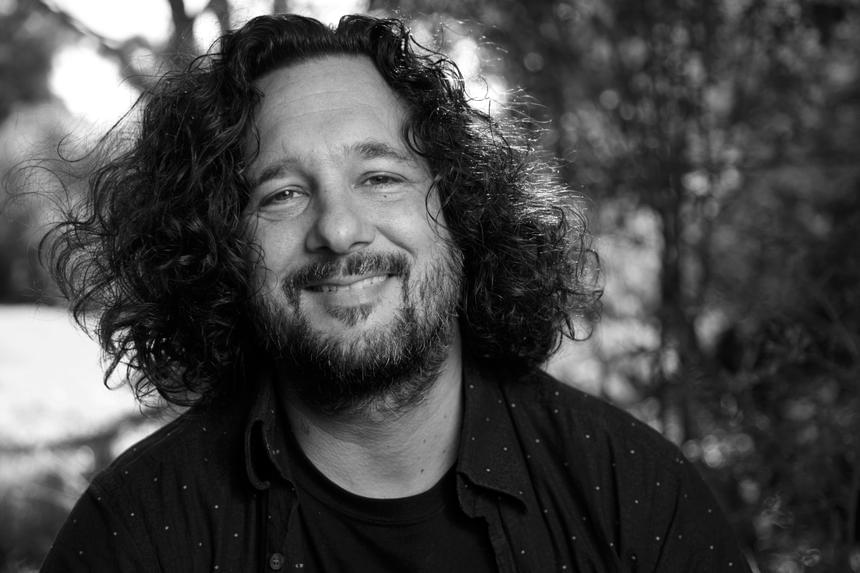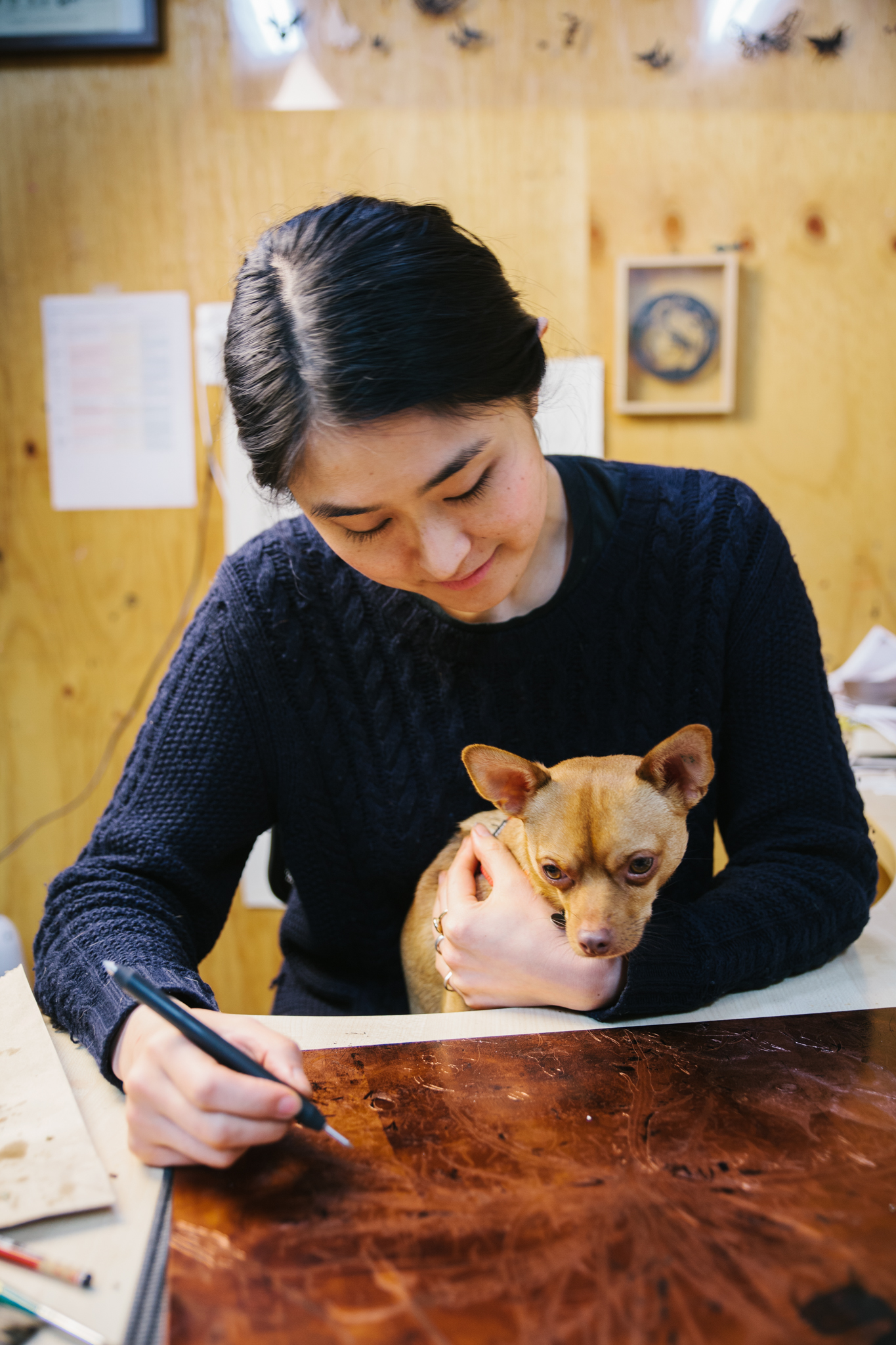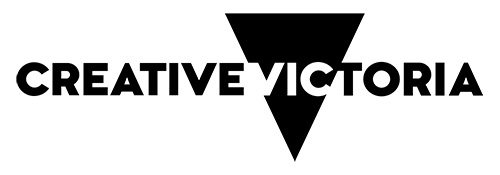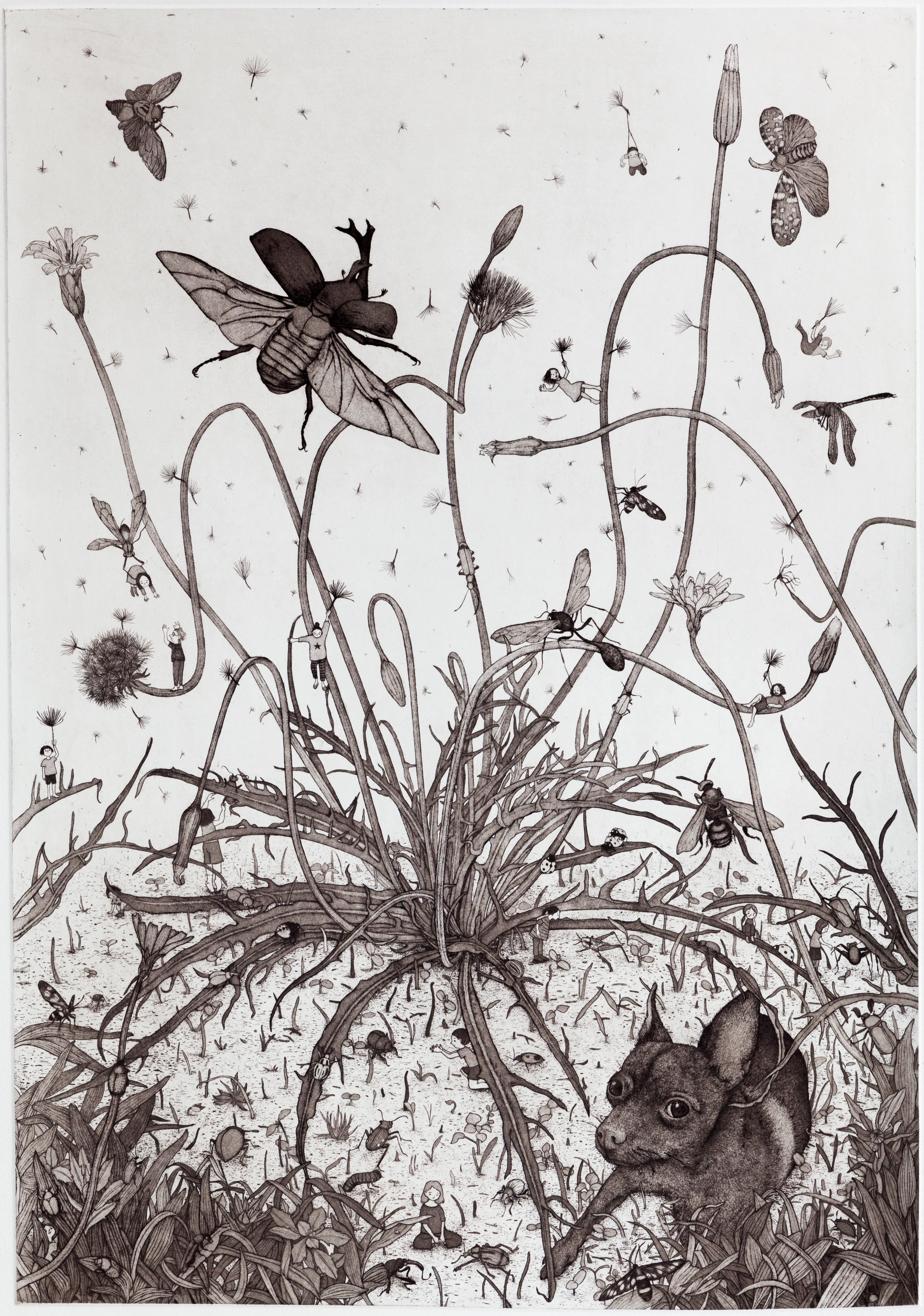Superpowers: Airborn
words by Tyson Yunkaporta
artwork by Kyoko Imazu
Following a successful grant application to Creative Victoria, the PCA is proud to launch the landmark Superpowers project.
The project involves four print-media artists teamed with four writers, working in pairs. Each group has been exploring one of four different forms of ‘energy’ – air, sun, water and plant-life – in the context of the global climate emergency, and informed by Indigenous heritage and knowledge.
The essays and artworks created for Superpowers will be published in Imprint over the next twelve months, and exhibited in due course.
In the first of these four specially commissioned essays and artworks, writer Tyson Yunkaporta and artist Kyoko Imazu contemplate ‘air’.
18 August, 2020
In Exhibitions,
Printmaking, Q&A


From top:
Murnong yam daisy, 2020,
etching and aquatint,
paper size: 78 x 53 cm,
image size: 63 x 44.5 cm.
Courtesy of the artist.
Airborn
Yes, the ‘e’ is missing. But there are plenty of them missing in this picture. E-mail. E-rewards. E-waste. E-signals invisibly frotting with our lobes, flitting ethereal across spaces that are called clouds but have no form. The signal exists though, even if you can’t see it. I can prove the signal exists because its effects are empirically measurable. For example, it is currently assisting the spread of a pathology that is causing thousands of deaths every day.
Air pollution is a plague greater than the Black Death, greater than the Spanish flu that killed more people than bullets did in World War II, greater than any threat that has ever faced our species and our habitat. We don’t see that there are armies of preventable diseases descending from the toxic sky to slaughter millions and sicken us all. The death toll from the industrial poisoning of the air is camouflaged by the signal, which directs our focus to threats that are far less deadly but more terrifying because they are biotic.
Nature, that ancient enemy, that wild thing with hidden femininities that are unseeable now, unknowable… O dear God there are savages out there, barbarians rejecting the dry goods index for wet markets of wild meat from systems uncultivated, unsanitised. Animists with medieval appetites and sensibilities, ignoring the hazmat of Judeo-Christian bio-phobia but still developing, industrialising wild tastes that don’t scale safely, breaching barriers across protectorates and classes and bloods. The ‘yellow peril’ of outdated colonial propaganda has been resurrected, rebranded and conflated into an unmanaged platform for all the half-buried fears that are spawned by unearned privilege.
The signal conveys this fear to already nervous settler enclaves, the heirs of occupation, isolated ethnic Anglos of various skin tones squatting on Aboriginal land in the middle of Asia. You can tell that signal is real because of its impacts both benign and malign. In all the ugliness and disinformation and prejudice, there is yet good. Supply chains and markets and production and travel are disrupted by viruses both biotic and digital, dancing together to halt the machine for a while, to stall the pollution and temporarily clear the skies.
In lockdown, we rest in panicked relief away from our forced labour on E-plantations or bricks-and-mortar pyramids of progress (depending on our social rank in this unfathomable system). And we breathe slightly cleaner air. And we tend plants in our backyards. And we talk to our children for the first time in months. And oil prices plummet and we couldn’t give a shit. And we dig in the soil. And we talk to the living land and sky for the first time in decades. Sick to death of our devices, we turn them off and the invisible world of signals in the air around our heads can no longer redirect our bleary eyes away from the ants and bees and fungus and possum shit on our doorsteps.
There is a world invisible here too, in the atmosphere of the real. This is our habitat and it is hard to perceive now, with our powers so diminished. How do we know it is real too and not a simulation in some crappy apocalyptic video game? Perhaps we begin by measuring its effects, so you may believe it exists at least, before we ask you to look further, to be more than what you have become and step into an airborn world.
It is a liminal place that is more substance than space, an invisible material that ignores the false categories and domains that have been imposed on this world, a world we are rediscovering with fresh eyes, clear lungs and dirty fingernails. This ether, this demigod elixir, is not something you can find if you’re only looking in the air. It permeates the evolutionary stack, shape-shifting to walk and fly and swim and burrow through every layer of creation. Its special talent is adaptation and its special gift for us is knowledge of transformation, a blueprint for being, for changing, for healing and sustaining creation. It is living law and it lifts us up and fills us up.
We are born into this element and our first act is to take it into ourselves and then scream it back out again, then repeat. The nourishment of earth and water is also essential to us, but this is devoured by cells then shat into our blood as a toxic soup of electrons that will kill us in three minutes unless it is cleaned away. Air saves us from this fate, transforming itself in our lungs, oxygen particles moving across elements in milliseconds to permeate the liquid zones of our bodies, capturing the poisons then carrying them back across the elements again as we exhale death and inhale life.
And we live. Three weeks without food, three days without water, but only three minutes without air. It permeates the water we drink and is breathed by every plant and animal that gives us the food we eat. It is strange to write about it in a language that invents abstract nouns to create separate elements, when we all know on some level that this breath of life is what makes up water and earth and fire, all of which are blended together in creation and cannot be isolated.
All sentient life draws its power from this sacred gas/liquid/solid, whose friction makes lightning and the very sparks of life and thought. This conferred power is the ability to exist in multiple states and navigate multiple layers in the stack of creation. As the custodians of all these layers, we humans have been given the superpower of being able to create deliberate changes in them. We are given the collective faculties to perceive all the dazzling complexity of this system through our shared stories and songs and experience, and thus the ability to make changes that increase the miraculous symbioses that keep creation in motion.
We breathe in, sing a line, then repeat and send our song cycles out in ripples, a seasonal signal on a ceremonial frequency broadcast through an ecosystem and social system that has only recently been renamed as two separate domains. But it is all one again in this song, this story place with neither nature nor man, but just us.
There are flowers here, and some of them even belong in this place. These plants camp in the earth and air and water all at once, invigorated by a woman’s fire that burns in the sky. All of these things are in constant motion and the plants move with them in a dynamic symbiosis with every species and force and entity that they are related to.
The yam-daisy’s tubers grow deep, out of sight in aerated soils until we ingest them and they are burned in the fires of our metabolism. Their flowers give scent and colour signals to myriad insect life, wings humming signals through the air to other entities. Eels respond to these signals in their own cyclic transformations, a Dreaming that snakes them across dry land high and low, through waters fresh and salt.
Birds move with the air-born seeds of this plant, both dancing together in the song and using their superpower of flight. Our own power is merely to make the ceremony signal in the air that keeps their dance in motion. It is a skycamp song of stars, but in the moment of the song the clouds that cross the sky are also sung into this story of creation, a past-present-future where daisy puffs moving across our vision become part of the creation of the stars, earning a line in the song alongside a migrating nation of bats. These relations were once never separated into taxonomies totemic and biological, but now they must navigate this fractured and tinkered dreaming as well, with the watered-down meaningmaking of stories and images that do not belong in this place.
But then, here is a woman sitting, a woman of this hemisphere but not this continent, carving an image of this place that responds to the pattern of its song. She listens deeply and the biosignal draws her eye to this particular daisy, not the northern hemisphere imported daisies all over this place now, but this one – the one that belongs here. She dances with the gliding seeds and the air gives her gifts that she plants in her garden and grows (with) over a few seasons. She sees the pattern and hears the ceremony signal in all of those moments and etches them, an image stack that could be printed and repeated indefinitely, like all the breaths of a lifetime.
I don’t think the ceremony signal would survive that kind of industrial production though, and she knows it too. My old people tell me that when totemic images are mass produced by Indigenous artists for the marketplace they lose their power, that the spirit of those stories and places are diminished when ceremony becomes scalable. Sometimes I wonder if the infinite sharing of digital files corrodes the power of images in the same way, there in that cyber space that is not a place, that cloud that is in the air but not of it.
The gifts from that tinkered airway are not really powers, only illusions. They offer a pale shadow of the superpower that our true sacred air gives us, the power of a custodial species to adjust the evolutionary stack of creation and perceive the complexities involved in doing this collectively and beneficially.
We are told we have misused this power, that we are stupid and crude and destined to destroy ourselves, that we are a virus that must inevitably destroy our host because it is in our nature to do so. We are told we are like monkeys in a lab, electrodes embedded in neural pleasure centres, pressing the orgasm button until our simian hearts explode. Most of us accept this doom, but some of us are looking outside of our cages and wondering who those bastards in the lab coats are, and what the hell they are writing on their clip boards.
Some of us are breathing out and breathing in, as illusory signals glitch long enough for us to notice the air that once gave us power, to feel the pattern and the ceremonial frequency of creation and the metahuman abilities that come with that true signal. We did not create the illusions and we did not force ourselves to burn generation after generation in misery to build the teetering infrastructure and brittle supply chains that poison our air and kill us every day. Our species did not do this – just a handful of narcissistic supervillains.
Maybe it’s time to take a deep breath, suit up, and take down these jokers once and for all. Or if you fear incarceration like I do, maybe just catch some seeds and bugs out of the air, write a baroque essay and make a sublime print, and see what happens.
— The Print Council of Australia’s Superpowers project is supported by the Victorian Government through Creative Victoria.
— About the author and artist:
Tyson Yunkaporta Tyson is an academic, arts critic, and researcher who belongs to the Apalech Clan in far north Queensland. He carves traditional tools and weapons and also works as a senior lecturer in Indigenous Knowledges at Deakin University in Melbourne.
Kyoko Imazu Kyoko Imazu is an artist based in Melbourne, whose practice encompasses a range of mediums such as printmaking, papercut, puppetry and installation, bookbinding and ceramics. Her work tells the stories of our often-overlooked neighbours like the weeds, bugs and pebbles that fill our everyday lives. Upon closer inspection, every petal, leaf and wing is miraculously unique; they all have their own stories and universes within themselves, containing many states of life, death and regeneration. She combines her own memories with the stories of these tiny neighbours to try to make sense of the world we live in and imagine the worlds we cannot see with our own eyes.
—
Join the PCA and become a member. You’ll get the fine-art quarterly print magazine Imprint, free promotion of your exhibitions, discounts on art materials and a range of other exclusive benefits.






